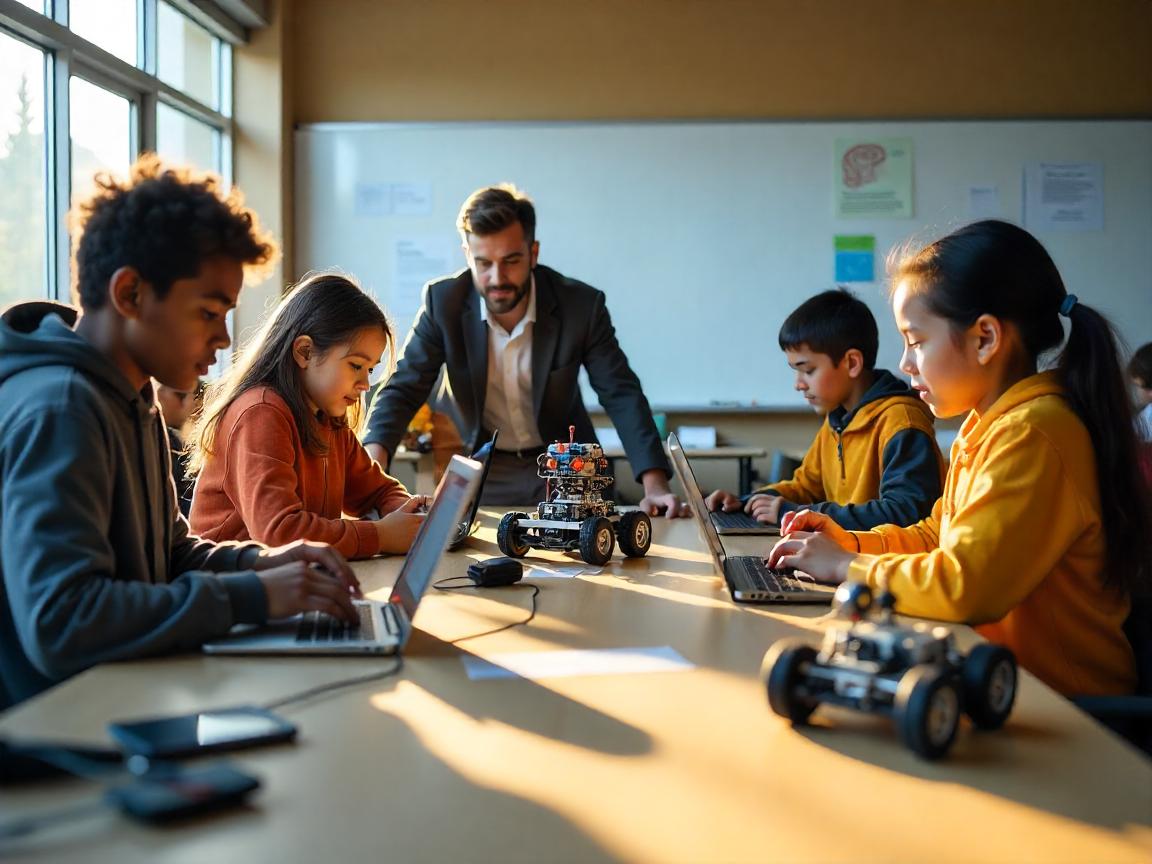
From Classroom Lessons to Skills Practice: Robotics
Today, robotics is a major topic in education, after being a minor subject in the past. Rather than solely using textbooks, students can now build, program and design with robots. Using this type of learning increases understanding, encourages creativity and inspires problem solving.
In Laredo, Texas, Lyndon B. Johnson High School has a LBJ Student Robotics Club. These students developed a hydroponic garden out of a previously unused part of the campus using objects they designed and printed themselves and motorized pumps for watering. Through their work, the college’s buildings were improved and the culinary program benefited from access to fresh produce grown using robotics.
Helping Communities Without Much Robotics: Examples
Robotics education is working to give underserved communities more access to STEM education. In Kerala, India, about 4.3 lakh students studying Class X now get to learn robotics under the ICT program. Since there are over 29,000 robotic kits and almost 10,000 trained teachers, students now build innovative projects such as dispensers for hand sanitizers and doors controlled by AI.
The same thing happens at Beardstown Junior High School in Illinois, where Lincoln Land Community College has collaborated to offer a free summer robotics camp called Roboquest. Created for incoming eighth graders, the camp introduces them to coding and robotics so that every group of students can benefit from STEM education.
Higher Education: Robotics as a Research Catalyst
Robotics is being strongly implemented into university studies and academic efforts. More than 1,400 students have learned autonomous navigation through the University of Michigan’s MBot platform since 2014. Building and programming this affordable, simple robot is a chance for students to gain skills needed in robotics and automation work.
In addition, the Michigan Robotics Program strives for excellence and equity, to ensure robotics curriculum is open to everyone. When the program partners with Historically Black Colleges and Universities, it attempts to foster and nurture talent from all sorts of backgrounds.
Real-Life Uses: What Robotics Looks Like in Our World
Robotics education is used in different settings and is having real impacts on communities. At Danbury High School in Connecticut, groups of students tested operating remote-controlled robots in underwater obstacle courses. Along with Scuba.Tech, the event taught youth about marine science and engineering, explaining that robots have applications in many different fields.
Midland ISD introduced Career and Technical Education to its elementary students. FIRST LEGO League’s State Championship saw their robotics teams receive the Outstanding District Award for work on rebuilding coral reefs with 3D-printed shapes made from biodegradable materials. They demonstrate how robotics might help with environmental issues and excite young people.
Expert Insight: The Educator’s Perspective
Dr. Lina Gomez underlines how robotics is changing the field of education.
Children who study robotics gain new ways of thinking, not only knowledge of how different kinds of machines work. It is about as close as we come to using creativity, logic and empathy together in learning.
She points out that educational use of robotics develops both technical and emotional abilities.
Final Thoughts: Advancing Schools with Robotics
Robotics in education is changing what education looks like and how students communicate with each other. Robotics education helps students gain practical experience, encourages all to participate and shows how what they learn in class applies in the real world.
If we keep supporting robotics education, we will prepare our young people to overcome the future’s problems.
